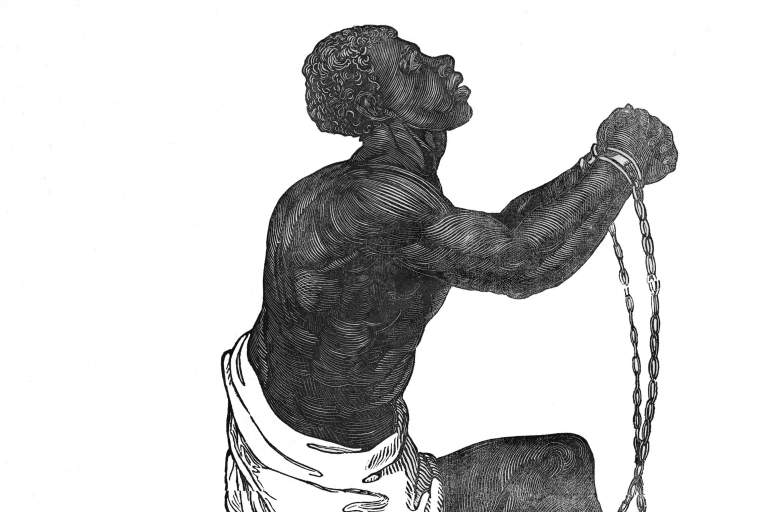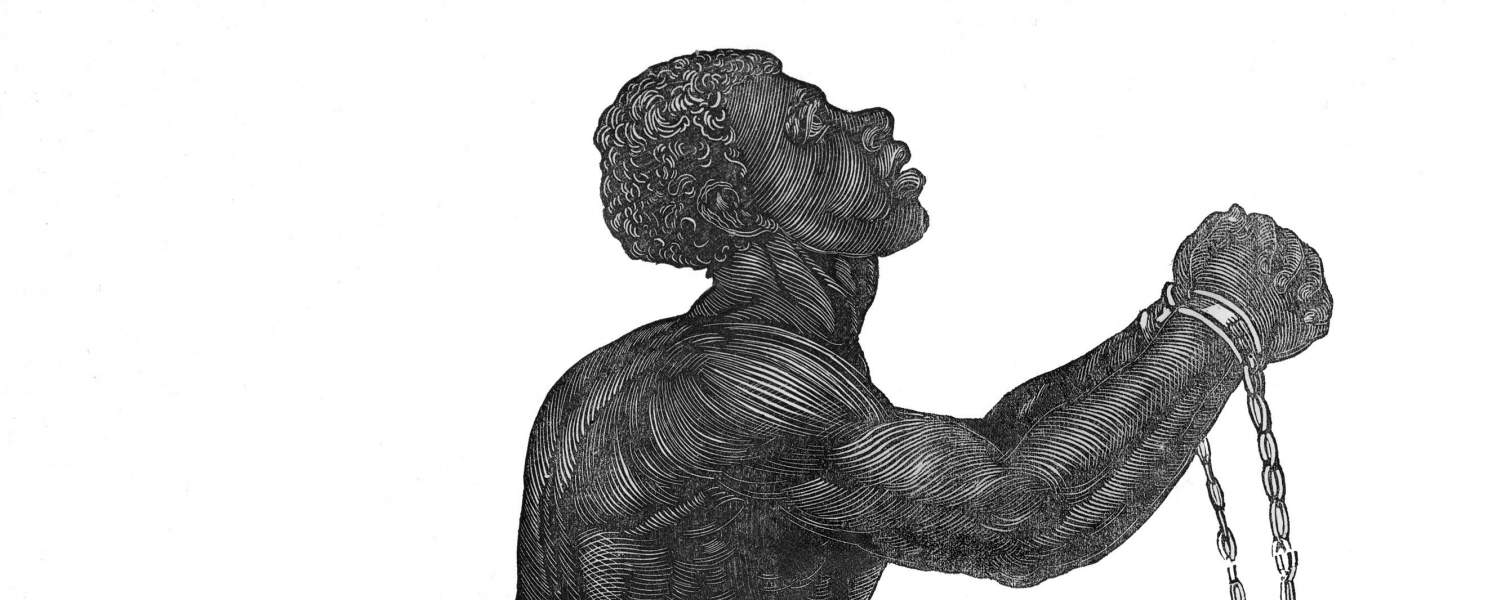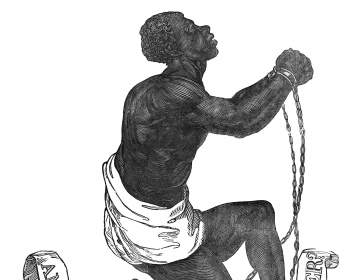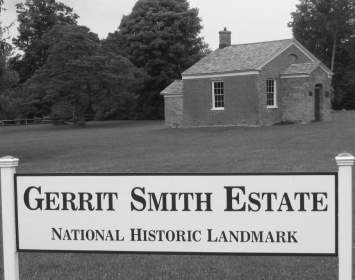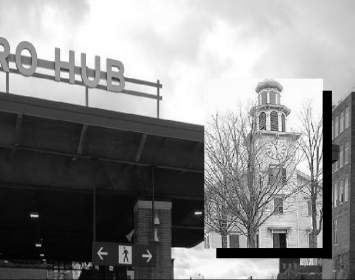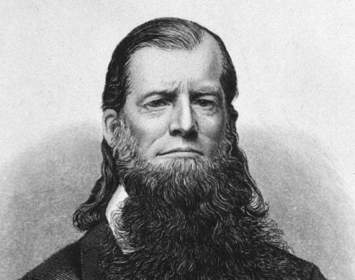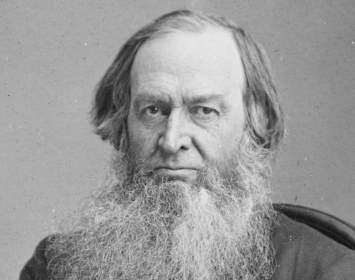On October 21, 1835, a statewide meeting was held in Utica for the purpose of reconstituting a previously dormant New York State antislavery society. At this time, antislavery and abolitionism were radical and widely unpopular stances, even in the north. Community resistance had prevented the meeting from being held in a public building, so the site was shifted to the Second Presbyterian Church on the southeast corner of Bleecker and Charlotte Streets.
Philanthropist Gerrit Smith attended the meeting almost out of curiosity. Though he opposed slavery, he was not an "immediatist," one who called for slavery’s immediate abolition. Instead he favored colonization—the repatriation of black slaves to Africa—a view then losing favor among serious reformers.
Others in attendance were James Caleb Jackson, an active abolitionist who would later take up quack medicine and the cause of dress reform, and abolitionist minister Beriah Green. Friend of Beriah Green, Rev. John Ingersoll, whom he named his son’s middle name (Robert Green Ingersoll), attended the meeting. Other attendees, possibly familiar to the abolitionist cause, included Amos Noe Freeman, David Ruggles, Lewis Tappan, and (father of future American President Chester A. Arthur) Rev. William Arthur.
The October 21 meeting began at 10:00 a.m., with an attendance estimated at from 600 to 1,000 persons from across New York State. The meeting had not progressed far in its agenda when a crowd of some three hundred locals gathered outside, shouting invective and threatening to storm the church. Just when a riot seemed inevitable, Smith urged that the meeting reconvene in his home town of Peterboro, twenty-seven miles southwest of Utica, where the delegates’ safety could be guaranteed. Some three to six hundred delegates traveled by boat, coach, cart, and on foot from Utica.
The meeting was successfully completed on October 22 in Peterboro at Peterboro’s Presbyterian Church. The near-riot in Utica, coupled with Smith’s experience of leading the Peterboro meeting the next day, prompted him to give up his advocacy for colonialism and become an "immediatist." The Peterboro meeting site is now home to the National Abolition Hall of Fame.
Because of this event—and Smith’s activism—African American abolitionist Henry Highland Garnet wrote: “There are yet two places where slaveholders cannot come, Heaven and Peterboro.” Frederick Douglass published this comment on the front page of his Rochester-based abolition paper The North Star on December 8, 1848.
